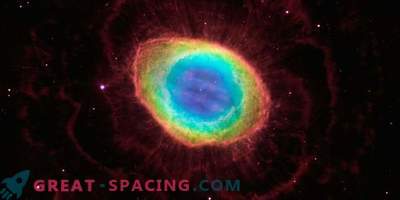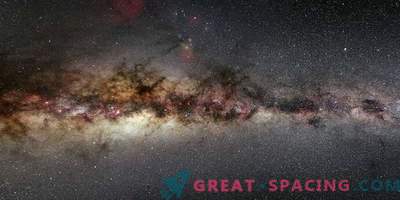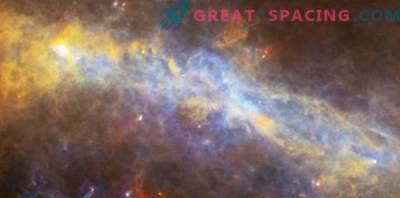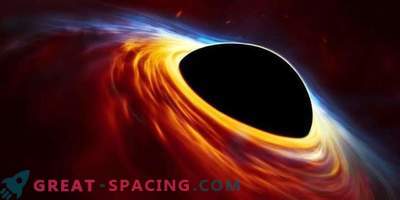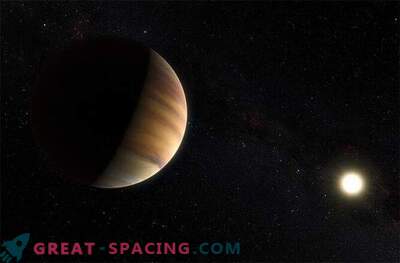
Two professors of astrophysics from the Villanova University led a research team that uncovered the long-hidden physical characteristics of the Polaris, also called the “North Star”. Until now, the distance of the object at 322-520 light years made it difficult to determine the physical composition. But accurate measurements of the distance from the Gaia ESA mission (447 +/- 1.6 light-years) will make it possible in the future to indicate the radius, internal brightness, age and mass of the star.
The Polar Star is the closest classic Cepheid. This is one of the rare and important classes of luminous supergiants with pulsations. The relationship between internal brightness and the period of pulsation allows the use of Cepheids as standard candles to determine the distances to the nearest and distant galaxies. The mission was able to determine the distance to the star with an accuracy of 1.5%. This figure explains the importance of a breakthrough in the further study of the Polar Star, which plays the role of an astrophysical laboratory for the study of stellar pulsations, the properties of Cepheids, evolution and structure. The new study provides a clearer idea of variable Cepheids as a class.
Cepheids are fundamentally important for determining distances to galaxies and the rate of expansion of the Universe. Virtually all are too far away to determine their main physical characteristics. But the Polar Star in the future will correct the situation.










